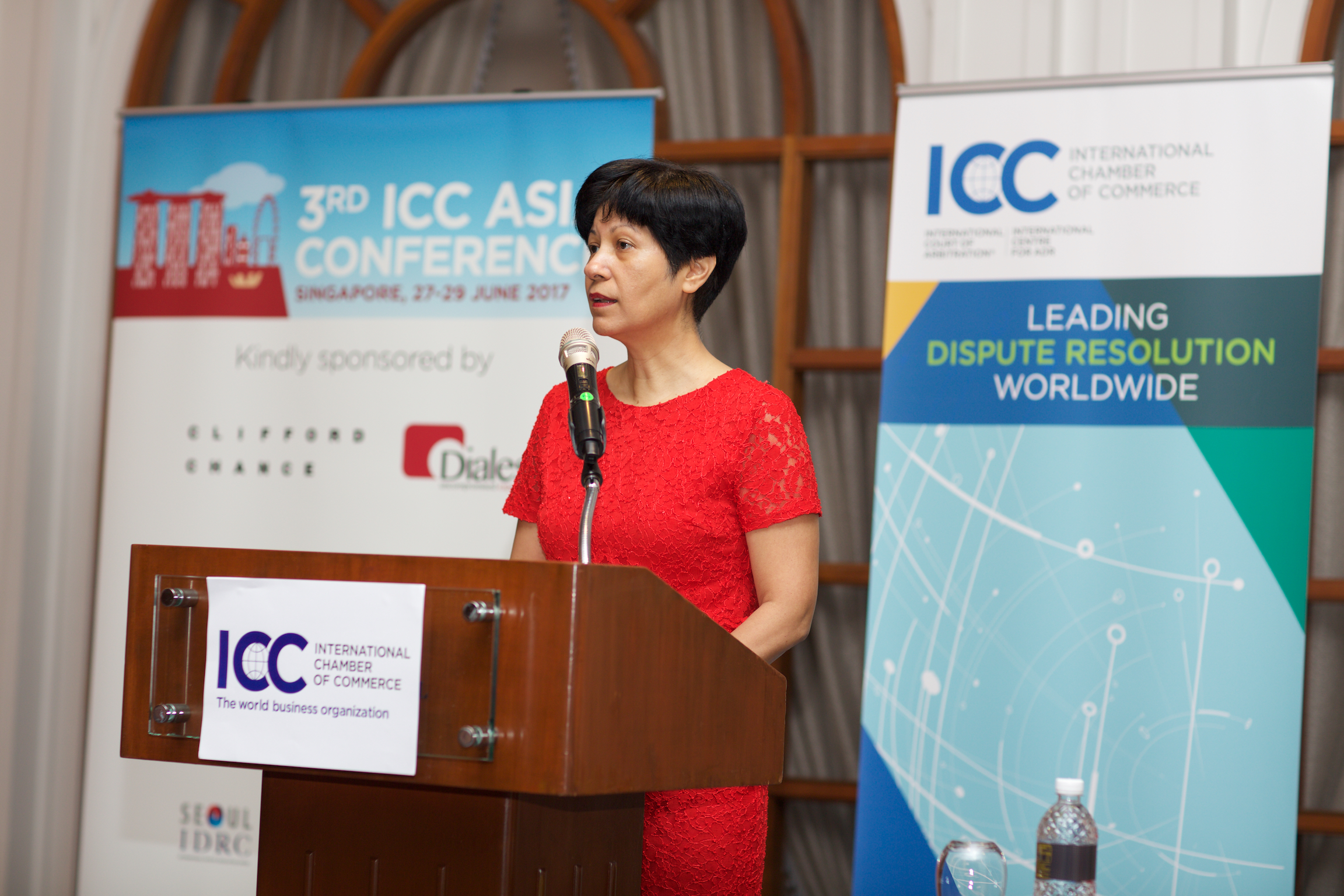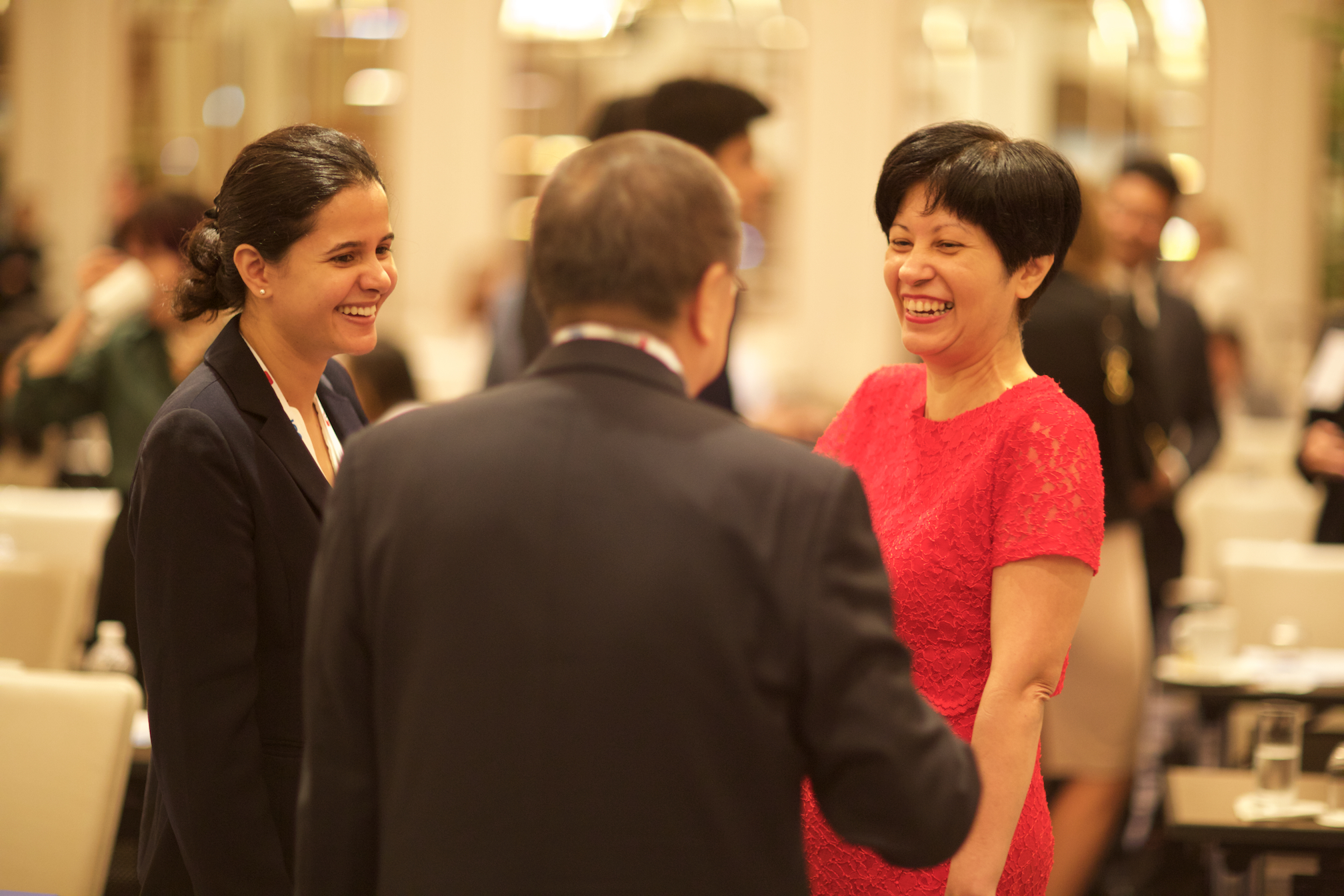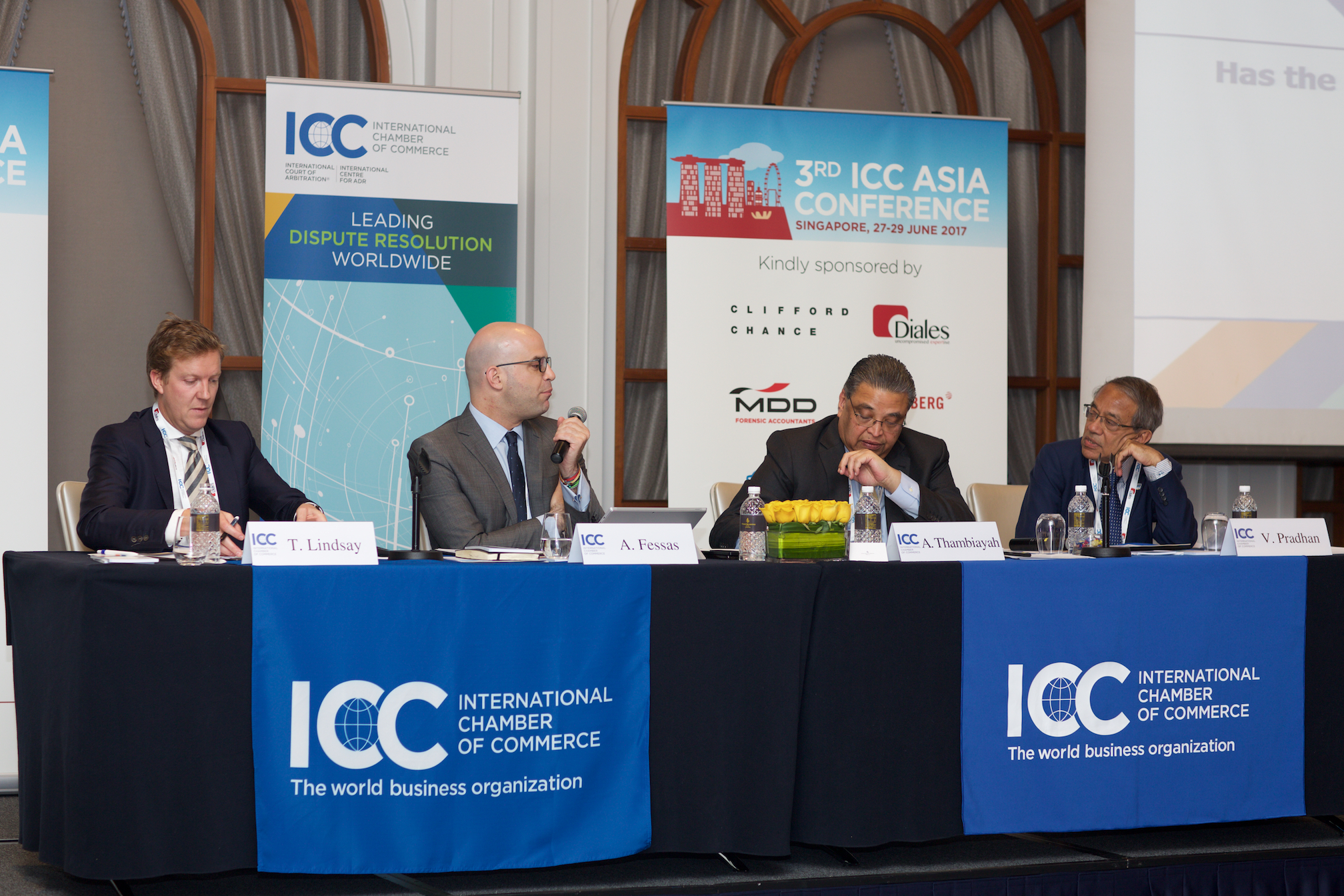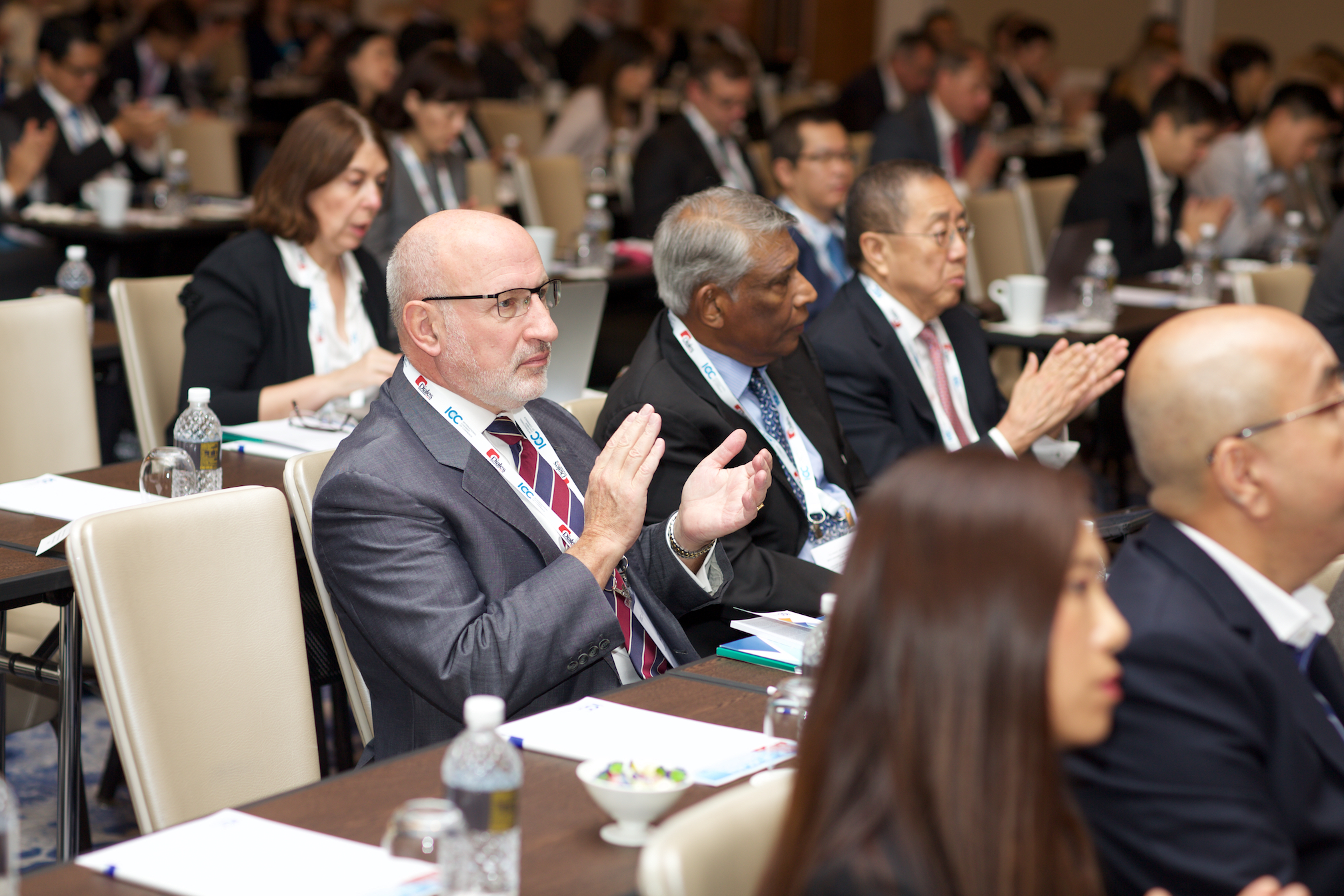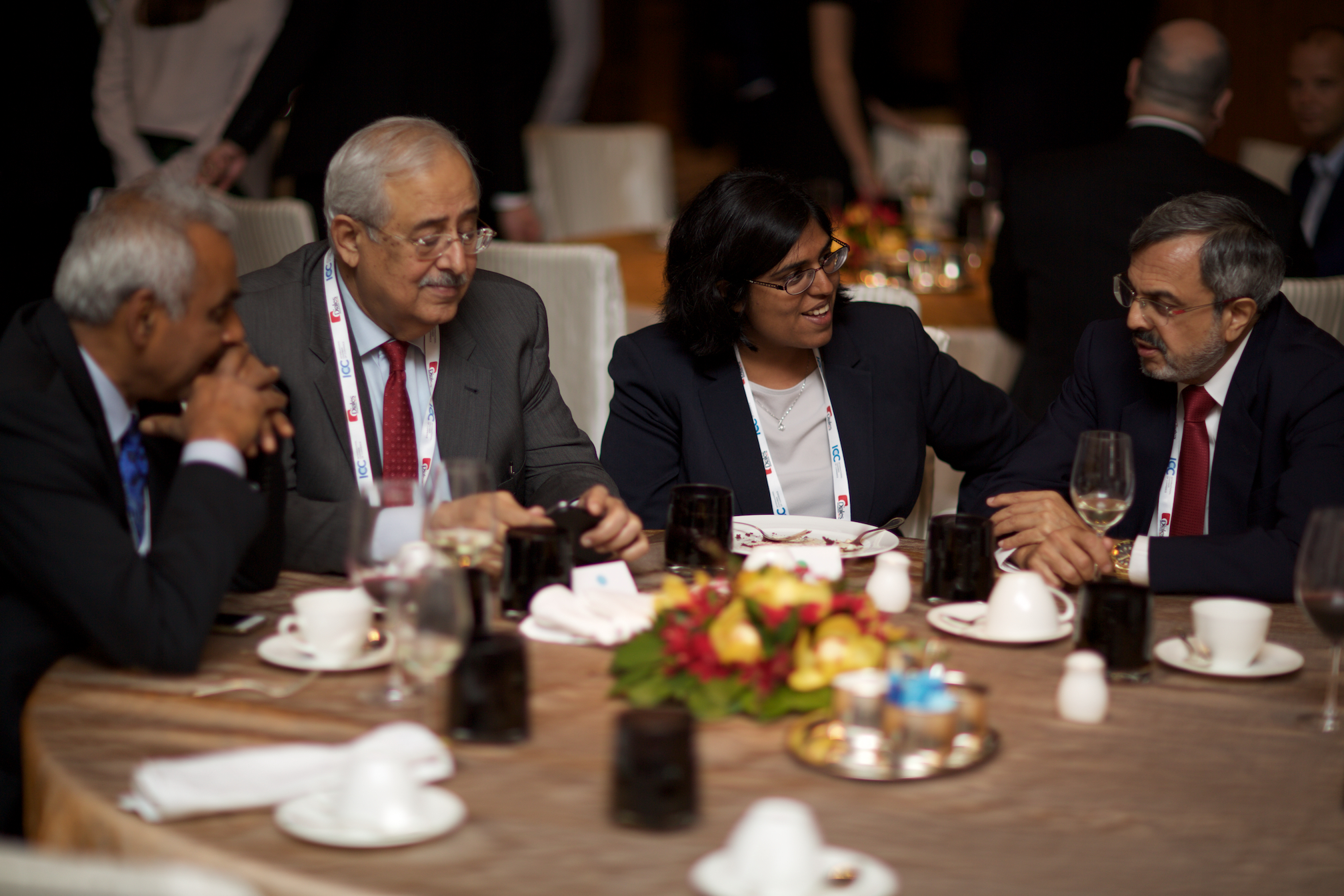A copy of this article in PDF format can be downloaded here.
The Reserved Election Mechanism: A Step in the Right Direction for Promoting Multiracialism and Protecting Minority Rights?
This article was contributed by Ms. Susanna Yim, who is presently pursuing her third and final year in her Bachelors' in Law at the Singapore Management University. The Editors would like to thank her for going the extra mile to make this submission.
The Reserved Election Mechanism (‘REM’) was introduced into Singapore’s Constitution recently as a response to Singapore’s current state of multiracialism. Specifically, Singapore has not evolved into a post-racial society yet and the REM was deemed necessary to strengthen multiracialism. This novel initiative has been met with varied response. This paper argues that, on balance, the REM is a robust example of the constitutional importance accorded to multiracialism and minority rights in Singapore. The mechanism holds true to constitutional principles and shows fixed commitment to guaranteeing minority rights. Still, the mechanism has room for improvement. Largely, the inescapable effects of implementing the mechanism and the perception of minorities that the scheme perpetuates among the population may end up, though guaranteeing minority rights, undermining multiracialism drastically. Additionally, the current community categorisation may water-down the REM’s protection of certain minorities’ rights. Nevertheless, considering the inherent delicacy of presidential office, due to its solitary and high-stakes nature, the REM remains sufficiently balanced.
I. INTRODUCTION
Multiracialism is the proverbial glue holding Singapore’s otherwise racially fragmented society together. Unsurprisingly, multiracialism has been accorded constitutional importance since Singapore attained independence in 1965. In 2016, the Reserved Election Mechanism (“REM”) was introduced in furtherance of this ideal.
The REM, established by Article 19B of the Constitution,1 operates such that within every five terms of the Elected Presidency (“EP”), individuals from each of the three constitutionally-defined communities2 are elected into the Presidential Office (the “Office”) at least once. This guarantees each community’s representation in the highest office every 30 years. The fact that the REM is constitutionally-entrenched speaks volumes of the paramountcy accorded to it in promoting multiracialism.
II. MULTIRACIALISM AND MINORITY RIGHTS
Multiracialism entails tolerating each ethnic community’s cultural values. Minorities generally refer to numerically inferior or subordinated groups in society. The attitude espoused in Singapore is one of promoting multiracialism and protecting minority rights.
A. Protection of minority rights
Generally, minority communities require formal arrangements by the government as reassurance that they will not be marginalized in their country.3 This is done by giving the minority communities autonomy and an active stake in the nation through power-sharing arrangements.4
Consequently, no community is excluded when it comes to decision-making and the use of executive power, as seen in Singapore’s Group Representation Constituencies (“GRC”).5
Moreover, minority communities face disadvantages due to their minority status, 6 especially since Singapore is not a post-racial society yet.7 Thus, efforts may have to be made to level the playing field for all communities through affirmative action,8 for example with the REM.
B. The delicate balance between minority protection and multiracialism
According additional rights to minorities may be perceived by non-beneficiary communities as unfairly privileging minorities, thereby increasing racial awareness instead of minimising it. Therefore, the government introduced the ethos of meritocracy to overcome this inescapable by-product of affirmative action; without meritocracy, “suspicion and prejudice [will] fester and grow” between communities.9 The adherence to democracy is also useful in this balancing exercise as it assures all communities that their views would be considered and represented.
III. HOW THE REM PROMOTES MULTIRACIALISM AND PROTECTS MINORITY RIGHTS
A. The REM recognizes distinct cultural identities, thus allowing it to include all races in its precise workings
First, the major racial communities of Singapore are accounted for in Article 19B(6).10 These neat delineations provide a clear basis for the rotation of the Office among the communities so as to promote multiracialism. This allows a systematic application of the REM, leaving little room for ambiguity; it is useful to make a contrast with the similar rotating-presidency scheme adopted in Nigeria.11 The Nigerian example has largely been criticized as having failed due to the ambiguous wording of its operative mechanism, which allowed certain communities to entrench their position of power instead of giving way to other communities as the Nigerian Peoples Democratic Party Constitution had intended.12
Further, the Presidential Elections Act13 introduces a Community Committee which will issue a community certificate to each election candidate14 to declare which community he or she belongs to, thus facilitating the counting of reserved elections. 15 Through this, the categorizing of each community becomes less semantic as a hand-picked group of individuals can better deal with the complexity of racial differentiation16 than mere words in a statute. The Committee will be instructed to take an inclusive approach in their assessment to strike a balance between ethnicity and identity, especially for individuals of mixed heritage.17 This clearly demonstrates the careful treatment of the sensitive issue of race and how the REM gives effect to multiracialism by considering all communities.
B. The REM demonstrates fixed commitment to representing minorities in the Office
Second, the REM safeguards minority rights by guaranteeing the election of a minority candidate every so often. This fixed commitment has a direct effect, leaving no room for ambiguity or discretion that may result in an alternative outcome that discriminates against minorities. As such, the minority groups should appreciate the REM for ‘championing’ their access to the Office. In contrast, consider the Serbian example. The requisite percentage of minority population in local communities for officialising the use of their minority language was left to local assemblies’ discretion. This resulted in biased local assemblies terminating the official use of minority languages in several communities. The minorities had proposed and would have preferred a set percentage instead of having to subject the protection of their language rights to the discretion of the local assemblies.18
C. The REM is consistent with constitutional ideals cherished in Singapore
1. Facilitates Representative Democracy
Third, representative democracy is facilitated as the Office remains multiracial over time.19 This is observed on two levels: firstly, since the President represents the nation itself in the global arena, the occasional minority President would show that Singapore consists not only of Chinese people, but also Indians, Malays and other racial minorities. Secondly, the REM allows wider participation in the EP since all communities would have one of their own taking the Office at least once every five terms.
2. Demonstrates substantive and procedural equality
Fourth, by reserving elections for communities under-represented in the EP, the REM has the effect of ensuring substantive equality12 since it levels the playing field to allow equality of opportunity.21 This can be seen as giving effect to the constitutional principle of equality.22 Additionally, the same qualification criteria in Article 1923 is applicable to both the reserved and the open elections, thus upholding procedural equality in the mathematical sense that only those who meet the threshold qualifications can stand for election.24
D. The REM is a self-correcting mechanism
Fifth, the REM’s hiatus-trigger25 is laudable as it gently nudges the population towards the goal of post-racial voting; once Singaporean society can vote in a manner that apparently does not indicate racial-bias,26 the REM would not be triggered.
Even if this hiatus-trigger is perceived to conflict with democracy and meritocracy, this would not remain the case for an indefinite duration. If the REM is triggered for three consecutive terms for each of the three constitutionally-defined communities to install in turn one of their own in the Office, the subsequent two elections will be open elections and, thus, as democratic and meritocratic as possible. The only criticism then would be that citizens must wait for these two elections within every five-term-cycle to have ‘truly’ democratic, meritocratic elections.
IV. CONTRASTING THE REM WITH EXISTING SAFEGUARDS
The EP is a particularly vexed platform to promote multiracialism and protect minority rights because of the solitary and high-stakes nature of the Office. In contrast, the GRC system27 involves multiple people, allowing a degree of simultaneous power-sharing. Additionally, the Presidential Council for Minority Rights scrutinizes parliamentary bills and the outcome of such scrutiny would invariably benefit all communities;28whereas the REM appears to benefit only one community each time it is triggered. Lastly, various constitutional articles29 can be relied upon by individuals from all communities at any point in time in litigation;30 whereas the REM is triggered only once in a while for a specific community when the conditions are right. Thus, the election of the President through the REM may periodically appear as a zero-sum game to be won by one community at the expense of all others.
Nonetheless, the REM is a step in the right direction for promoting multiracialism and protecting minority rights. A further step in the right direction would be to constitutionally provide for membership in the Council of Presidential Advisors to be multiracial as well, so that there is more opportunity for all the communities to engage in simultaneous power-sharing in relation to the high-stakes Office.
V. QUAERE: BUT DOES THE REM REALLY PROMOTE MULTIRACIALISM AND/OR PROTECT MINORITY RIGHTS?
A. Yes, the REM protects minority rights, but at the expense of meritocracy and democracy, ultimately detracting from multiracialism
First, while meritocracy appears to be upheld, it is also severely compromised – because the highest office of the land is no longer for the nation’s most deserving candidate but merely a good enough candidate from the community it is being reserved for.
Nevertheless, there have been calls to re-evaluate meritocracy considering the changing paradigm; meritocracy measures the individual’s performance but fails to account for additional inherent advantageous factors that the individual may have as against another individual of comparable ability.31 Arguably, an individual’s community can be considered as one of these factors, particularly in the context of elections.32 Further, the qualification criteria is applied indiscriminately of race,33 thus retaining some semblance of meritocracy. Moreover, this call to re-evaluate meritocracy is consonant with ensuring substantive equality.34
Second, the REM erodes democracy. Reserving elections for one community substantially reduces voters’ choice. Additionally, the Community Committee, which issues community certificates, is appointed by the Prime Minister on the nomination of the PCMR.35 This may result in a parallel controversy as in the uncontested 2005 Presidential Elections, where only one candidate was awarded the Certificate of Eligibility and thus became a ‘walk-in’ President. This consequently sparked furore as to the Committee’s decision and casting doubt as to whether the election was genuinely democratic.36
A potential area for abuse arises where candidates of mixed heritage are concerned: the Committee may choose to identify him as part of a particular community to bar or allow him to participate in a reserved election, or, in the case of an open election, affect the cycle for future elections.
Further, the basis on which the Community Committee is to make their decision is unclear. The Committee is to be guided by “the merits of the case”;37 but what are these merits? For instance, would the proficiency of the candidate in his mother tongue be relevant? More information would be helpful in promoting transparency and dialling down the disquiet surrounding the REM.38
B. No, the REM mechanically categorizes communities to the extent of over-homogenization
Third, the categorization of communities is inherently flawed, undermining both minority rights and multiracialism. While the process of declaring which community each candidate belongs to is now more palatable due to the Community Committee,39 the constitutional categorization itself is objectionable. Although these groupings have been utilized by the government for ease of administration,40 they over-homogenize and over-simplify the exquisitely diverse communities in Singapore,41 thus eroding multiracialism as defined above.
The government should re-formulate this categorization, particularly the “Indian and others” category. Given the sizeable increase of these subsumed communities42 and the apparent failure to appreciate their cultural differences, it seems unfair that these distinct communities have been collapsed into one convenient grouping – a blatant over-homogenization which has been unconvincingly rationalized as being a statistical decision. A practical effect of this is that, in extreme cases, instead of having a member of their community sitting in the Office at least once every five terms, either of the groups may have to wait for ten terms or more before a member of their community is elected.
C. No, the REM only promotes multiracialism and protects minority rights superficially
One must ask: how far can the REM go toward these two objectives? Undeniably, the REM will make the Office more superficially multiracial over time as a member of each of three communities takes its turn in the ‘hot seat’. However, such appointment per se does not necessarily translate into promotion of multiracialism and protection of minority rights, unless the EP wields his power and makes decisions and effects policies towards such ends. Should this happen, it is nonetheless hoped that the EP does not go ‘overboard’ and show bias towards a particular community and thereby become antithetical to representative democracy.43
VI. CONCLUSION
Promoting multiracialism and protecting minority rights requires a fine balance. The REM has struck a tenuous one by providing both guaranteed representation of all communities and some semblance of meritocracy. Its hiatus-trigger also ensures any unhappiness caused is short-lived. Nevertheless, its categorization of communities could do with some refinement.
The REM, being written into the Constitution, becomes part of the supreme law of the land. However, it is not a foregone conclusion that multiracialism will be promoted or minority rights protected – all the REM does is to ensure that each of the three communities takes its turn in the Office over time; it does not guide the way the President wields his power with respect to multiracialism and minority rights. To this end, more could be done in guiding the exercise of the EP’s powers.
[1] Constitution of the Republic of Singapore (1999 Reprint) Art 19B
[2] The three communities, the “Chinese”, “Malay” and “Indian and others”, are defined in Art 19B(6).
[3] Thomas Fleiner & Lidija R. Basta Fleiner, “The Multicultural State: The Challenge of the Future” in Constitutional Democracy in a Multicultural and Globalised World (K L Roy Trans) (Germany: Springer Berlin Heidelberg, 3rd Rev Ed, 2009), 511–650 at 649, section 8.4.4.3. The successful multicultural Swiss model of power-sharing is analysed in this chapter.
[4] Ibid, at 637–638, section 8.4.2.2.
[5] Speech during the Third Reading of the Parliamentary Elections (Amendment) Bill, Singapore Parliamentary Debates, Official Report (18 May 1988) vol 51 at col 23 (Mr Goh Chok Tong, First Deputy Prime Minister and Minister for Defence). Mr Goh stated that “the GRC proposal … effectively distributes power between leaders of the various communities. In fact, it favours the minorities.”
[6] Speech during the Second Reading of the Presidential Elections (Amendment) Bill, Singapore Parliamentary Debates, Official Report (6 February 2017) vol 94, column numbers not available (Mr Vikram Nair, Sembawang).
[7] Constitutional Commission, Report of the Constitutional Commission 2016 (17 August 2016) at p 87, para 5.15. (Chairman: Chief Justice Sundaresh Menon).
[8] George Gerapetritis, “Introduction” in Mortimer Sellers & James Maxeiner, Affirmative Action Policies and Judicial Review Worldwide (Athens, Greece: Springer International Publishing, 2016), 1–9 at 2. The legitimacy of affirmative action lies in the very fact that “one cannot place at the same starting point people who have been treated differently in the past”.
[9] Chan Sek Keong, Multiculturalism in Singapore (2013) 25 SAcLJ at p 108, [45].
[10] Constitution of the Republic of Singapore (1999 Reprint) Art 19B(6).
[11] Agaptus Nwozor “Power Rotation, Ethnic Politics and the Challenges of Democratization in Contemporary Nigeria” African Study Monographs 2014; 35(1): 1–18, at 2. “The [Peoples Democratic Party] in 1999 designed the zoning formula to give all the six geopolitical zones of the country a chance to have a shot at the presidency. Each zone was expected to enjoy a four-year term in the presidency after which the race would be thrown open.”
[12] Ibid, at p 8, 10 and 13.
[13] Presidential Elections Act (Cap 240A).
[14] Ibid, ss 8E and 8F.
[15] Ibid, ss 5A, 8G and 8H.
[16] Speech during the Second Reading of the Presidential Elections (Amendment) Bill, Singapore Parliamentary Debates, Official Report (6 February 2017) vol 94, column numbers not available (Mr Vikram Nair, Sembawang).
[17] Ibid, column numbers not available (Mr Chan Chun Sing, Minister, Prime Minister's Office).
[18] Tibor Varady, “Minorities, Majorities, Law, and Ethnicity: Reflections of the Yugoslav Case” Human Rights Quarterly 1997; 19(1): 9–54, at p 22, under the heading “Decline of Minority Rights Praeter or Contra Legem”.
[19] In the same vein as then-Prime Minister Lee Kuan Yew; Zuraidah Ibrahim and Irene Ng, “Good to rotate EP among races”, The Straits Times (11 August 1999) at p 27.
[20] George Gerapetritis, “Introduction” in Mortimer Sellers & James Maxeiner, Affirmative Action Policies and Judicial Review Worldwide (Athens, Greece: Springer International Publishing, 2016), 1–9 at 4.
[21] George Gerapetritis, “The Moral Question: Interacting with Traditional Values” in Mortimer Sellers & James Maxeiner, Affirmative Action Policies and Judicial Review Worldwide (Athens, Greece: Springer International Publishing, 2016), 11–40 at 14.
[22] Constitution of the Republic of Singapore (1999 Reprint) Art 12.
[23] Constitution of the Republic of Singapore (1999 Reprint) Art 19.
[24] George Gerapetritis, “The Moral Question: Interacting with Traditional Values” in Mortimer Sellers & James Maxeiner, Affirmative Action Policies and Judicial Review Worldwide (Athens, Greece: Springer International Publishing, 2016), 11–40 at 13.
[25] A reserved election is only called where a particular community has not been represented in the Presidential Office at least once within the past five terms of the EP.
[26] The assumption is that the electorate has reached a post-racial state of voting when a minority candidate is elected without the need of any quota or affirmative action.
[27] Constitution of the Republic of Singapore (1999 Reprint) Art 39A.
[28] Ibid, Art 68–92. In particular, see Art 68 and Art 78.
[29] Ibid, Art 12, 15 and 152. See also Chan Sek Keong, Multiculturalism in Singapore (2013) 25 SAcLJ at p 98, [29].
[30] For instance, Art 15 was instrumental in the case of Vijaya Kumar s/o Rajendran v AG [2015] SGHC 244, which had to do with the constitutionality of a police permit that prohibited the applicants from playing “music, gongs, drums or music producing equipment such as portable radio and cassette recorder” during their Thaipusam procession, and the playing of certain drums were integral to the religion of the applicants.
[31] Kenneth Paul Tan, “How Singapore is fixing its meritocracy” The Washington Post (16 April 2016) < https://www.washingtonpost.com/news/in-theory/wp/2016/04/16/how-singapore-is-fixing-its-meritocracy/?postshare=7911460932318734&tid=ss_fb&utm_term=.ee978c40fe0f> (accessed 24 February 2017).
[32] Refer to the detailed explanation of written submissions in the Constitutional Commission, Report of the Constitutional Commission 2016 (17 August 2016) at pp 84–85, paras 5.10 and 5.11. (Chairman: Chief Justice Sundaresh Menon). It was submitted that “a portion of voters will feel a greater affinity to someone who is racially similar to themselves”.
[33] See also part III C (2) of this paper.
[34] See also part III C (2) of this paper.
[35] Presidential Elections Act (Cap 240A) s 8E(2).
[36] See generally Thio Li-ann, “(S)electing the President of Singapore – Diluting Democracy?” (2007) 5 Int’l J Const L 526.
[37] Presidential Elections Act (Cap 240A) s 8G(4)(b).
[38] When asked, Minister Chan Chun Sing only clarified that “this [method of assessing race] is not new; it has worked well in the GRC context.” Speech during the Second Reading of the Presidential Elections (Amendment) Bill, Singapore Parliamentary Debates, Official Report (6 February 2017) vol 94, column numbers not available (Mr Chan Chun Sing, Minister, Prime Minister's Office).
[39] This idea of engaging a Community Committee is similar to the Committee established for the purpose of the GRC system, found in Art 39A(2)(b).
[40] Chua Beng Huat, Taking Group Rights Seriously: Multiracialism in Singapore (Australia: Murdoch University Asia Research Centre, 2005), 1–25 at 4–5. These groupings are also like those found in Art 39A, regarding the GRCs, and section 27A of the Parliamentary Elections Act (Cap 218, 2011 Rev Ed).
[41] Ibid, at 6.
[42] The Indian and others communities have increased from 8.6% and 2.3% of the entire population in 2006 to 9.1% and 3.2% in 2016 respectively. Population Trends 2016 < http://www.singstat.gov.sg/docs/default-source/default-document-library/publications/publications_and_papers/population_and_population_structure/population2016.pdf> (accessed 1 March 2017).
[43] Shaw v Reno 509 U.S. 630 at 648 (1993). The US case had to do with whether a congressional redistricting plan in North Carolina, which had the effect of segregating races for purposes of voting, offended the equality of representation. It was mentioned that “when a district obviously is created solely to effectuate the perceived common interests of one racial group, elected officials are more likely to believe that their primary obligation is to represent only the members of that group, rather than their constituency as a whole. This is altogether antithetical to our system of representative democracy.”

